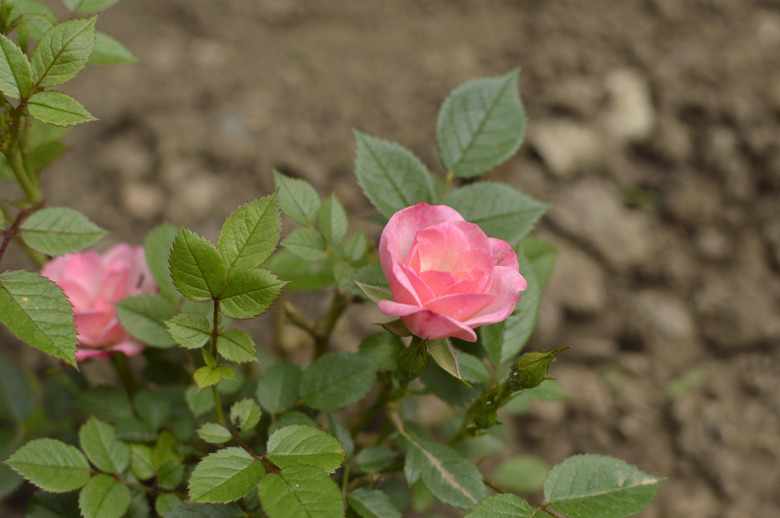How To Care For A Kordana Rose
We may receive a commission on purchases made from links.
Proper care for a Kordana rose (Rosa spp.) keeps these plants blooming beautifully. Kordana roses, a series of mini roses, typically come in containers and can continue to grow there happily. You can also plant Kordana roses in the ground and grow them as perennials outdoors. Most varieties of mini roses are hardy in U.S. Department of Agriculture plant hardiness zones 5 to 9. Kordana roses appreciate lots of sun and moisture plus regular fertilizing.
Kordana Rose Growing Conditions
Kordana Rose Growing Conditions
If you live in USDA zones 5 to 9, you can grow your roses outdoors as perennials. In other zones, you can grow them indoors in containers or outdoors as annuals. No matter how you grow them, your Kordana roses need a spot with bright light during the growing season. If you plant your roses outdoors, choose a spot in direct sunlight that offers fertile soil that drains well.
For indoor roses, the best spot is usually a south-facing or west-facing window. Rotating the potted roses at least once per week helps them grow evenly by giving all sides of the plant access to direct sunlight. An ideal daytime temperature is around 70 degrees Fahrenheit with slightly cooler nighttime temperatures around 60 degrees. Avoid a spot with extreme temperature swings, such as near a heating and cooling vent or near a window that's drafty.
You can move your potted Kordana rose outdoors during the summer months and move it back indoors during the winter. When you move it outdoors for the summer, slowly get it acclimated to the outdoors by finding a shady outdoor spot. Move it into the sun for a short time and then put it back in the shade, gradually increasing how long it spends in the sun each day.
Watering a Kordana Rose
Watering a Kordana Rose
Kordana roses thrive when their soil stays evenly moist. However, standing water or overly saturated soil can kill your mini roses. Check the soil surface daily, especially for potted Kordana roses, which tend to dry out quicker. Water the roses when the top of the soil feels dry.
For potted mini roses, irrigate until the excess water comes out of the drainage holes. Dump the extra water out of the saucer to prevent the roots from becoming too wet. Outdoor roses planted in the ground benefit from a deep watering.
Fertilizing a Kordana Rose
Fertilizing a Kordana Rose
Mini roses benefit from periodic fertilization to provide them with the nutrients they need. Fertile soil is a good start, but applying rose fertilizer once or twice per month can help boost the plant's growth. Apply the fertilizer as directed on the package to avoid burning the roots of the mini roses. If you choose a slow-release rose fertilizer, you only need to apply it every two to three months.
Pruning Kordana Roses
Pruning Kordana Roses
Kordana roses naturally stay small, especially when grown in containers, so you don't typically need to prune for size. Deadheading the blooms after they fade helps encourage the bush to grow new blooms. Use sharp pruning shears to clip the stem above the highest set of leaves.
Also prune these roses to remove dead or dying sections. Clip off yellowing leaves using your pruning shears. Remove any dead sections of the Kordana rose plant as well.
Watching for Pests
Watching for Pests
Mini roses can have some pest issues when grown indoors. Spider mites can infest Kordana roses and other houseplants. They can cause the leaves to discolor, and they often leave fine webbing on the plant. Spray the rose bush with water or apply insecticidal soap to control the spider mites. You might need to apply the insecticidal soap multiple times to get rid of the spider mites completely, but be sure to follow all label applications for initial application as well as reapplication intervals.
